Saudi Arabia Tourism
🌴 Picture yourself wandering through bustling souks, marveling at ancient archaeological wonders, and experiencing the warmth of traditional Arabian hospitality. Saudi Arabia, once a mystery to many travelers, is now opening its doors to the world. But before you pack your bags for this exciting adventure, there’s much to consider.
From navigating cultural norms to understanding travel requirements, planning a trip to Saudi Arabia can seem daunting. How do you ensure you’re respecting local customs? What documents do you need? Where are the must-visit destinations? These questions might be swirling in your mind, creating a mix of excitement and uncertainty.
Fear not, intrepid traveler! This guide is your compass to exploring the Kingdom with confidence. We’ll walk you through essential aspects of Saudi Arabian tourism, from understanding the cultural landscape to ensuring a safe and comfortable stay. Let’s embark on this journey together and uncover the secrets to a memorable Saudi Arabian experience. 🇸🇦✈️
Saudi Arabia Travel Guide : Understanding Cultural Landscape
As we delve into the rich tapestry of Saudi Arabia’s cultural landscape, it’s essential to grasp the nuances that make this nation a unique and fascinating destination for travelers. The kingdom’s deep-rooted traditions, religious significance, and modern developments create a complex and intriguing environment for visitors to explore. Let’s examine the key aspects that shape the Saudi Arabian experience, from traditional customs to culinary delights and dress code expectations.
A. Traditional customs and etiquette
Saudi Arabia’s cultural heritage is deeply ingrained in its society, influencing daily interactions and social norms. Understanding and respecting these customs is crucial for any visitor to ensure a positive and enriching experience.
Greetings and Interactions
In Saudi Arabia, greetings are an essential part of social etiquette. The traditional Arabic greeting “As-salaam-alaikum” (peace be upon you) is widely used, with the response being “Wa-alaikum-salaam” (and upon you, peace). When meeting someone for the first time, it’s customary to shake hands, though this practice may differ between genders.
- Men typically greet each other with a handshake and sometimes a kiss on the cheek.
- Women may greet each other with a handshake or a kiss on the cheek.
- Between genders, it’s best to wait for the Saudi person to initiate any physical contact.
Hospitality
Saudi hospitality, known as “karam,” is legendary and forms a cornerstone of the culture. Visitors may find themselves invited to homes or offered refreshments, which should be accepted graciously. When visiting a Saudi home:
- Remove your shoes before entering if you see others doing so.
- Accept offered refreshments, typically coffee or tea, as refusing can be considered impolite.
- Compliment the host on their hospitality and home.
Personal Space and Communication
Saudis generally maintain closer personal space than Westerners, especially among members of the same gender. However, there are strict rules regarding interactions between unrelated men and women.
- Public displays of affection between genders are frowned upon.
- Maintain a respectful distance when speaking with someone of the opposite gender.
- Direct eye contact is common and appreciated in same-gender interactions but may be avoided between men and women out of respect.
Time and Appointments
The concept of time in Saudi Arabia can be more fluid compared to Western cultures. While punctuality is appreciated in business settings, social gatherings often have a more relaxed approach to timing.
- Be punctual for business meetings and official appointments.
- For social gatherings, arriving 15-30 minutes late is often acceptable and sometimes expected.
Gift-Giving Customs
Gift-giving is a common practice in Saudi culture, especially when invited to someone’s home. However, there are some important considerations:
- Avoid giving alcohol or pork-related items, as they are prohibited in Islam.
- Gifts are often not opened immediately in the presence of the giver.
- When receiving a gift, it’s polite to accept with both hands and express gratitude.
Respect for Elders
Saudi society places great importance on respecting elders and those in positions of authority.
- Stand when an elder enters the room.
- Use honorific titles such as “Sheikh” for men and “Sheikha” for women when addressing older individuals or those in high positions.
- Avoid contradicting or arguing with elders in public settings.
The Importance of the Right Hand
In Saudi culture, the right hand is considered clean and is used for eating, shaking hands, and giving or receiving items.
- Always use your right hand when eating, especially in communal settings.
- Offer and receive items with your right hand or both hands, but never with the left hand alone.
Prayer Times
The Islamic faith plays a central role in Saudi life, and daily prayers are observed five times a day. During prayer times, many businesses and shops may close briefly.
- Be aware of prayer times and plan your activities accordingly.
- Show respect by avoiding loud behavior near mosques during prayer times.
Ramadan Etiquette
If visiting during the holy month of Ramadan, it’s crucial to be mindful of fasting practices:
- Refrain from eating, drinking, or smoking in public during daylight hours.
- Dress more conservatively during this period.
- Be prepared for altered business hours and increased activity after sunset.
Understanding and respecting these traditional customs and etiquette will greatly enhance your experience in Saudi Arabia and help you navigate social situations with grace and cultural sensitivity.
B. Local cuisine and dining customs
Saudi Arabian cuisine is a rich tapestry of flavors, influenced by its Bedouin roots, geographical location, and historical trade routes. Exploring the local food scene is an essential part of experiencing Saudi culture. Let’s delve into the culinary landscape and dining customs of the kingdom.
Traditional Saudi Dishes
Saudi cuisine offers a variety of dishes that reflect the country’s history and geography. Some must-try dishes include:
- Kabsa: The national dish of Saudi Arabia, consisting of rice cooked with meat (usually chicken or lamb), vegetables, and a blend of spices.
- Mandi: A dish of meat and rice cooked in an underground oven, originating from Yemen but popular throughout Saudi Arabia.
- Shawarma: Thinly sliced meat (chicken, lamb, or beef) cooked on a spit and served in pita bread with vegetables and sauce.
- Jareesh: A dish made from crushed wheat, meat, and yogurt, popular in the Najd region.
- Tharid: A traditional Bedouin dish made with pieces of bread in a meat and vegetable broth.
- Mutabbaq: A stuffed pancake filled with meat, vegetables, or sweet fillings, popular in the Hejaz region.
- Harees: A porridge-like dish made from wheat and meat, often served during Ramadan.
Regional Culinary Variations
Saudi Arabia’s vast landscape contributes to regional differences in cuisine:
| Region | Culinary Characteristics |
|---|---|
| Najd (Central) | Heavy use of wheat, dates, and dairy products |
| Hejaz (Western) | Influenced by pilgrimage routes, with diverse flavors |
| Eastern Province | Seafood-rich cuisine due to proximity to the Persian Gulf |
| Asir (Southern) | Unique dishes influenced by Yemeni cuisine |
Dining Customs and Etiquette
Understanding Saudi dining customs will help you navigate meal times with ease and respect:
- Communal Eating: Many traditional meals are served family-style, with diners sharing from a central platter.
- Eating with the Right Hand: It’s customary to eat with the right hand, as the left hand is considered unclean.
- Seating Arrangements: In traditional settings, men and women may dine separately. Follow your host’s lead for seating.
- Trying Everything: It’s polite to try a bit of everything offered, even if you don’t finish it all.
- Leaving Food: A clean plate may signal that you’re still hungry. Leave a small amount of food to indicate you’re satisfied.
- Coffee and Tea Rituals: Saudi coffee (qahwa) and tea are integral to hospitality. Accept at least one cup when offered.
Beverage Culture
While alcohol is prohibited in Saudi Arabia, the country has a rich beverage culture:
- Saudi Coffee (Qahwa): A lightly roasted coffee flavored with cardamom, often served in small cups without handles.
- Arabic Tea: Strong black tea, often served with mint or sage.
- Laban: A yogurt-based drink popular for its cooling properties.
- Fresh Juices: A variety of fresh fruit juices are widely available and popular.
Modern Dining Scene
Saudi Arabia’s culinary landscape is evolving, particularly in major cities:
- International Cuisine: Cities like Riyadh and Jeddah offer a wide range of international restaurants.
- Fine Dining: Luxury hotels and standalone restaurants provide high-end dining experiences.
- Street Food: Urban areas offer a variety of street food options, blending traditional and modern flavors.
Ramadan Food Traditions
During the holy month of Ramadan, food takes on special significance:
- Iftar: The meal to break the fast at sunset, often starting with dates and water.
- Suhoor: The pre-dawn meal before fasting begins, typically consisting of hearty, sustaining foods.
- Special Ramadan Dishes: Many traditional dishes are prepared specifically for this month.
Dietary Considerations
When dining in Saudi Arabia, keep in mind:
- Pork is prohibited and not available in the country.
- Most meat is halal, prepared according to Islamic law.
- Vegetarian options are available, especially in urban areas, but may be limited in more traditional settings.
Tips for Culinary Exploration
To make the most of your culinary journey in Saudi Arabia:
- Try local eateries for authentic flavors.
- Participate in a cooking class to learn about traditional dishes.
- Visit markets to explore local ingredients and spices.
- Don’t miss out on street food in urban areas for a taste of modern Saudi cuisine.
- Respect local customs, especially during Ramadan.
Understanding and embracing Saudi Arabia’s local cuisine and dining customs will not only tantalize your taste buds but also provide valuable insights into the country’s culture and hospitality traditions.
C. Dress code expectations for tourists
Navigating the dress code in Saudi Arabia is crucial for tourists to show respect for local customs and adhere to cultural norms. While the kingdom has been gradually relaxing some of its strict dress code rules, especially in major cities and tourist areas, it’s still important to dress modestly and appropriately. Let’s explore the dress code expectations for tourists in detail.
General Guidelines for Both Men and Women
- Modesty is Key: The overarching principle is to dress modestly, covering most of your body.
- Avoid Tight or Revealing Clothing: Loose-fitting garments are preferred.
- Be Prepared for Air Conditioning: Many indoor spaces are heavily air-conditioned, so layering can be helpful.
Dress Code for Women
Women’s dress code in Saudi Arabia has traditionally been more stringent, but recent reforms have brought some changes:
Covering the Body:
- Arms should be covered to at least the elbows.
- Legs should be covered to the ankles.
- Avoid low necklines or exposed midriffs.
Abaya:
- While no longer mandatory for foreign women in most areas, wearing an abaya (a loose, robe-like dress) is still recommended, especially outside major cities.
- If worn, abayas don’t need to be black; colored and patterned abayas are acceptable.
Head Covering:
- Foreign women are not required to wear a hijab (headscarf) in most public places.
- However, carrying a scarf is advisable for visits to religious sites or more conservative areas.
Footwear:
- Closed-toe shoes are preferable, especially in more conservative areas.
- Sandals or open-toe shoes are generally acceptable in urban areas and beaches.
Swimwear:
- At private beaches or pools, regular swimwear is usually acceptable.
- For public beaches, more modest swimwear or a cover-up is advisable.
Dress Code for Men
While men’s dress code is generally more relaxed, modesty is still important:
Shirts:
- Collared shirts or t-shirts are acceptable.
- Avoid sleeveless shirts or tank tops in public areas.
Pants:
- Long trousers or jeans are suitable.
- Shorts that reach the knee may be acceptable in some urban areas but are best avoided in more conservative settings.
Footwear:
- Closed-toe shoes are preferred in most settings.
- Sandals are generally acceptable, especially in casual environments.
Traditional Attire:
- Some men might choose to wear a thobe (a long, white robe) and ghutra (headdress), especially in more formal settings.
Dress Code Variations by Location
The strictness of dress code enforcement can vary depending on the location:
| Location | Dress Code Expectations |
|---|---|
| Major Cities (Riyadh, Jeddah) | More relaxed, especially in tourist areas |
| Religious Sites | Strict adherence to modest dress; women should cover their hair |
| Rural Areas | More conservative; stricter adherence to traditional dress codes |
| Beaches and Resorts | More relaxed, but modesty is still appreciated |
Special Considerations
Religious Sites:
- When visiting mosques or other religious sites, both men and women should dress conservatively.
- Women should cover their hair and wear loose, full-length clothing.
- Men should wear long trousers and shirts with sleeves.
Ramadan:
- During the holy month of Ramadan, it’s respectful to dress more conservatively, even in typically relaxed areas.
Business Attire:
- For business meetings, conservative business wear is expected.
- Men should wear suits or smart trousers with collared shirts.
- Women should opt for conservative business attire, avoiding overly tight or revealing clothing.
Jewelry and Accessories:
- Wearing jewelry is acceptable, but it’s advisable to keep it modest and not overly flashy.
- Avoid wearing religious symbols of other faiths openly.
Tips for Dressing Appropriately in Saudi Arabia
- Research Your Specific Destinations: Dress code expectations can vary between cities and regions.
- Pack Versatile Clothing: Bring items that can be layered or adjusted for different settings.
- Respect Local Sensibilities: When in doubt, err on the side of modesty.
- Observe Local Residents: Take cues from how locals dress in different settings.
- Be Prepared for Temperature Variations: Saudi Arabia can be extremely hot outdoors but heavily air-conditioned indoors.
- Carry a Scarf or Light Jacket: Useful for impromptu visits to more conservative areas or religious sites.
- Quality Fabrics: Opt for breathable, natural fabrics to stay comfortable in the hot climate.
Recent Changes and Ongoing Evolution
It’s important to note that Saudi Arabia is undergoing rapid social changes, and dress code norms are evolving, particularly in tourist areas and major cities. However, it’s always best to be respectful and err on the side of modesty.
- The requirement for foreign women to wear an abaya has been relaxed in many areas.
- Some high-end restaurants and entertainment venues in major cities may have more Western-style dress codes.
- Beach resorts, especially those catering to international tourists, may have more relaxed dress codes within their premises.
By adhering to these dress code expectations, tourists can show respect for Saudi culture while ensuring a comfortable and hassle-free visit. Remember, when in doubt, it’s always better to dress more conservatively, especially when visiting new areas or attending formal events.
D. Religious significance and holy sites
Saudi Arabia is the birthplace of Islam and home to its two holiest cities, making it a place of immense religious significance for Muslims worldwide. Understanding the religious landscape and the importance of holy sites is crucial for any visitor to the kingdom, regardless of their own faith. Let’s explore the religious aspects of Saudi Arabia and its most significant holy sites.
Islam in Saudi Arabia
Islam is not just the dominant religion in Saudi Arabia; it’s integral to the country’s identity, governance, and daily life.
- State Religion: Islam is the official state religion of Saudi Arabia.
- Islamic Law: The country follows Sharia law, based on a strict interpretation of Islamic principles.
- Five Pillars of Islam: The fundamental practices of Islam (Declaration of Faith, Prayer, Charity, Fasting during Ramadan, and Pilgrimage to Mecca) are widely observed.
Major Holy Sites
Saudi Arabia is home to the two holiest cities in Islam, as well as numerous other religiously significant locations:
Mecca (Makkah)
- The holiest city in Islam
- Birthplace of Prophet Muhammad
- Site of the annual Hajj pilgrimage
- Home to the Grand Mosque (Masjid al-Haram) and the Kaaba
Medina (Madinah)
- The second-holiest city in Islam
- Final resting place of Prophet Muhammad
- Site of the Prophet’s Mosque (Al-Masjid an-Nabawi)
Taif
- Important in Islamic history as a place where Prophet Muhammad sought refuge
- Home to the Al-Shafa mountains, a popular pilgrimage site
Jeddah
- Gateway to Mecca and Medina for pilgrims arriving by sea or air
- Home to the Tomb of Eve, believed by some to be the burial place of Eve
Saudi Arabia Travel Guide :Navigating Travel Requirements
As we delve into the essential aspects of planning your trip to Saudi Arabia, it’s crucial to understand the various travel requirements. This knowledge will ensure a smooth and hassle-free experience as you explore the rich cultural heritage and stunning landscapes of this Middle Eastern gem.
A. Best times to visit
Choosing the right time to visit Saudi Arabia can significantly impact your travel experience. The country’s climate varies across regions, but generally, it experiences hot summers and mild winters.
Ideal seasons:
- Winter (November to February): This is considered the best time to visit most parts of Saudi Arabia. Temperatures are milder, ranging from 15°C to 25°C (59°F to 77°F), making outdoor activities more enjoyable.
- Spring (March to May): Another pleasant time to visit, with temperatures ranging from 20°C to 30°C (68°F to 86°F). This season is ideal for exploring cities like Riyadh and Jeddah.
- Autumn (September to October): As temperatures start to cool down after the scorching summer, this period offers comfortable conditions for travel, especially in the northern regions.
Regions and their best visiting times:
| Region | Best Time to Visit | Highlights |
|---|---|---|
| Riyadh | November to February | Pleasant weather for exploring the capital’s attractions |
| Jeddah | December to March | Ideal for Red Sea activities and cultural experiences |
| AlUla | October to April | Perfect for exploring ancient Nabataean sites |
| Aseer | April to October | Enjoy the region’s unique climate and lush landscapes |
| Makkah & Madinah | Year-round (avoid Ramadan and Hajj if not participating) | Spiritual journeys and religious pilgrimages |
Considerations:
- Ramadan: The holy month of Ramadan follows the Islamic lunar calendar, so its dates vary each year. While it’s a unique time to experience Saudi culture, be aware that many restaurants and attractions may have limited hours during the day.
- Hajj season: The annual pilgrimage to Makkah typically occurs in the last month of the Islamic calendar. During this time, Makkah and surrounding areas can be extremely crowded, and travel restrictions may apply.
- Summer (June to August): Temperatures can soar above 40°C (104°F) in many parts of the country, making outdoor activities challenging. However, this can be a good time to visit mountainous regions like Taif or Al Baha, where temperatures are more moderate.
B. Currency and payment methods

Understanding the local currency and available payment methods is essential for a stress-free trip to Saudi Arabia.
Saudi Riyal (SAR):
The official currency of Saudi Arabia is the Saudi Riyal (SAR)
Payment methods:
- Cash: While many establishments accept card payments, it’s advisable to carry some cash, especially when visiting smaller towns or traditional markets (souks).
- Credit and Debit Cards: Major credit cards such as Visa, Mastercard, and American Express are widely accepted in hotels, restaurants, and larger stores. However, always inform your bank about your travel plans to avoid any issues with your cards.
- ATMs: Available throughout major cities and towns, offering both English and Arabic language options.
- Mobile Payments: Apps like Apple Pay, Google Pay, and local options such as STC Pay are becoming increasingly popular in urban areas.
- Contactless Payments: Many establishments now accept contactless payments, which can be convenient for small purchases.
Tips for managing money in Saudi Arabia:
- Exchange some currency before arrival or at the airport to cover initial expenses.
- Use ATMs affiliated with major banks for better exchange rates and lower fees.
- Keep small denominations handy for taxis, tips, and small purchases in local markets.
- Be cautious when using currency exchange offices; always compare rates and ask about additional fees.
- Consider using a travel-friendly credit card that doesn’t charge foreign transaction fees.
C. Health and vaccination recommendations


Ensuring your health and well-being during your trip to Saudi Arabia is paramount. Here are some essential health considerations and vaccination recommendations:
General health precautions:
- Travel insurance: Obtain comprehensive travel insurance that covers medical emergencies and evacuations.
- Medications: Bring an adequate supply of any prescription medications you require, along with a copy of the prescription and a doctor’s note.
- First aid kit: Pack a basic first aid kit with essentials like pain relievers, antidiarrheal medication, and any personal medications.
- Sun protection: Saudi Arabia’s climate can be harsh, so pack sunscreen, sunglasses, and a hat to protect against strong UV rays.
- Hydration: The hot and dry climate can lead to rapid dehydration. Always carry water and stay hydrated.
Vaccinations:
While Saudi Arabia doesn’t have mandatory vaccinations for most travelers, the following are recommended by health authorities:
- Routine vaccinations: Ensure you’re up-to-date on routine vaccinations such as MMR (Measles, Mumps, Rubella), DPT (Diphtheria, Pertussis, Tetanus), Polio, and Influenza.
- Hepatitis A: Recommended for most travelers, as it can be contracted through contaminated food or water.
- Hepatitis B: Advised for travelers who may have sexual contact with new partners, get tattoos or piercings, or undergo any medical procedures.
- Typhoid: Recommended, especially for those staying with friends or relatives, visiting smaller cities, or exploring rural areas.
- Rabies: Consider if you plan to spend a lot of time outdoors, especially in rural areas, or if you’ll be working with or around animals.
- Meningitis: Required for pilgrims visiting Makkah and Madinah for Hajj or Umrah.
Health considerations for specific regions:
| Region | Health Considerations |
|---|---|
| Coastal areas (Jeddah, Yanbu) | Be cautious of jellyfish and other marine life; use reef-safe sunscreen |
| Desert regions (Riyadh, AlUla) | Protection against heat exhaustion and sandstorms; carry ample water |
| Mountainous areas (Aseer, Al Baha) | Altitude sickness prevention; pack warm clothing for cooler temperatures |
| Holy cities (Makkah, Madinah) | Special vaccinations required for pilgrims; be prepared for crowds during religious events |
Additional health tips:
- Food and water safety: Stick to bottled water and avoid raw or undercooked foods to prevent foodborne illnesses.
- Heat-related illnesses: Be aware of the symptoms of heat exhaustion and heat stroke, especially when outdoors during peak hours.
- Air quality: Some cities may experience poor air quality due to dust and pollution. If you have respiratory issues, consider bringing a face mask.
- Medical facilities: Major cities have excellent medical facilities, but rural areas may have limited access to healthcare. Research the nearest hospitals or clinics in the areas you plan to visit.
- Emergency numbers: Save important emergency numbers, including 997 for ambulance services and 911 for general emergencies.
D. Essential documents for entry


Proper documentation is crucial for a smooth entry into Saudi Arabia. Ensure you have all the necessary paperwork in order before your trip.
Required documents:
- Valid passport: Your passport must be valid for at least six months beyond your planned stay in Saudi Arabia. It should have at least two blank pages for visa stamps.
- Saudi visa: Most visitors require a visa to enter Saudi Arabia. The type of visa depends on your purpose of visit (tourism, business, pilgrimage, etc.).
- Proof of accommodation: Have copies of your hotel reservations or a letter of invitation if staying with friends or family.
- Return ticket: Airlines may require proof of onward travel before allowing you to board your flight to Saudi Arabia.
- Travel insurance: While not always mandatory, having travel insurance is highly recommended and may be required for certain visa types.
- Vaccination records: Especially important for pilgrims visiting Makkah and Madinah.
Additional documents based on visa type:
Tourist visa:
- Completed visa application form
- Recent passport-sized photograph
- Proof of funds (bank statements or credit card)
Business visa:
- Letter of invitation from a Saudi company
- Letter from your employer stating the purpose of your visit
Work visa:
- Employment contract
- Educational certificates
- Police clearance certificate from your home country
Student visa:
- Acceptance letter from a Saudi educational institution
- Proof of financial support
Hajj or Umrah visa:
- Proof of pilgrimage package booking
- Special health certificate including meningitis vaccination
Document preparation tips:
- Translations: If any of your documents are not in Arabic or English, have them officially translated.
- Copies: Make multiple copies of all important documents. Keep digital copies in a secure cloud storage as well.
- Notarization: Some documents may require notarization or authentication. Check with the Saudi embassy or consulate in your country for specific requirements.
- Organize: Keep all your documents well-organized and easily accessible during your travel.
- Update: Ensure all information on your documents is current and matches the details on your passport.
E. Visa application process
The visa application process for Saudi Arabia has been simplified in recent years, especially for tourists. However, it’s essential to understand the process and requirements to ensure a successful application.
Types of visas:
- Tourist eVisa: Available for citizens of eligible countries, allowing for tourism and Umrah (excluding Hajj season).
- Business visa: For those traveling to Saudi Arabia for business purposes.
- Work visa: Required for individuals planning to work in Saudi Arabia.
- Student visa: For those accepted into Saudi educational institutions.
- Hajj visa: Specific visa for pilgrims during the Hajj season.
Tourist eVisa application process:
- Visit the official Saudi visa website (visa.visitsaudi.com).
- Create an account and fill out the online application form.
- Upload required documents:
- Clear, color scan of your passport
- Recent passport-sized photograph
- Proof of accommodation (if required)
- Pay the visa fee online .
- Wait for visa approval (usually within 24-72 hours).
- Once approved, download and print your eVisa.
Business visa application process:
- Obtain an invitation letter from a Saudi sponsor or company.
- Submit the invitation letter to the Saudi Ministry of Foreign Affairs for approval.
- Once approved, apply through the official visa website or a local Saudi embassy/consulate.
- Provide required documents:
- Completed visa application form
- Valid passport
- Passport-sized photographs
- Invitation letter
- Business documents (as required)
- Pay the visa fee and submit your application.
- Attend an interview at the embassy/consulate if required.
- Wait for visa processing (can take 1-4 weeks).
Work visa application process:
- Secure a job offer from a Saudi employer.
- Your employer will initiate the visa process by obtaining a work permit from the Ministry of Labor.
- Once the work permit is approved, apply for the visa through the official website or local Saudi embassy/consulate.
- Provide required documents:
- Completed visa application form
- Valid passport
- Passport-sized photographs
- Employment contract
- Educational certificates
- Police clearance certificate
- Medical certificate
- Pay the visa fee and submit your application.
- Attend an interview if required.
- Wait for visa processing (can take several weeks to months).
Visa application tips:
- Plan ahead: Start the visa application process well in advance of your intended travel date.
- Double-check eligibility: Ensure you meet all requirements for the specific visa type you’re applying for.
- Be accurate: Provide truthful and accurate information on your application to avoid delays or rejections.
- Follow up: Keep track of your application status and respond promptly to any requests for additional information.
- Seek assistance: If you’re unsure about any part of the process, consider using a reputable visa service or contacting the Saudi embassy for guidance.
- Multiple entry: If you plan to leave and re-enter Saudi Arabia during your stay, ensure your visa allows for multiple entries.
- Visa duration: Be aware of the validity period of your visa and plan your trip accordingly.
6 Important Travel Guide Tips to Saudi Arabia
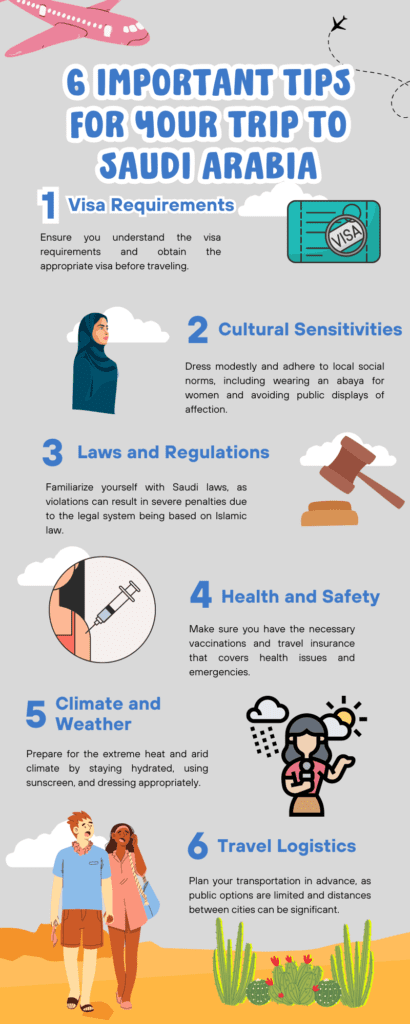

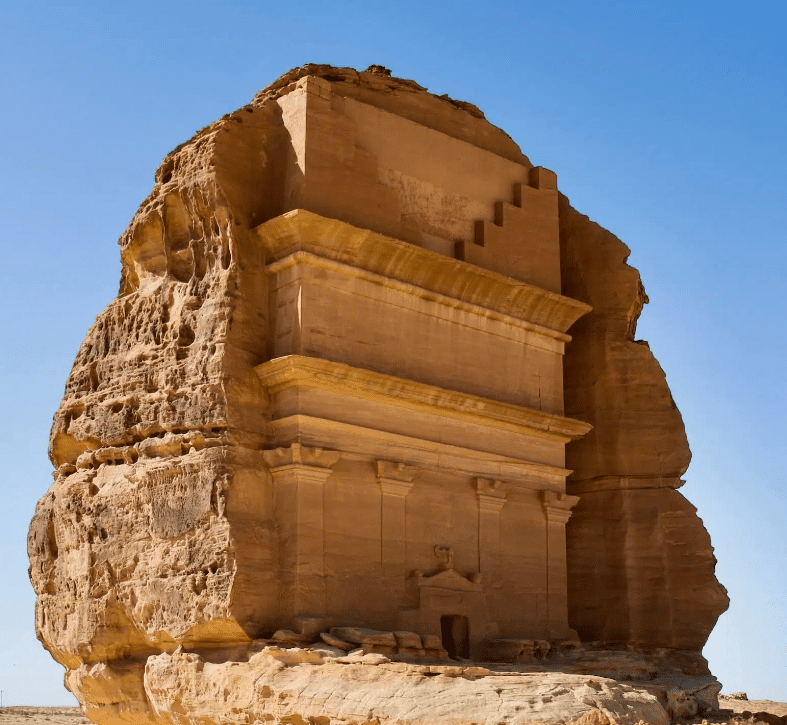

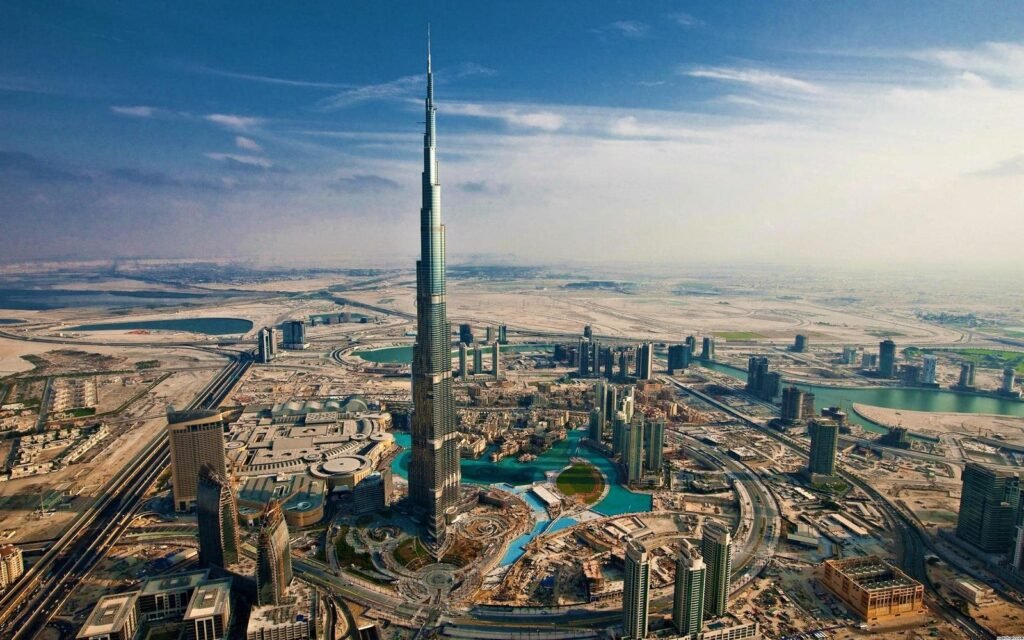

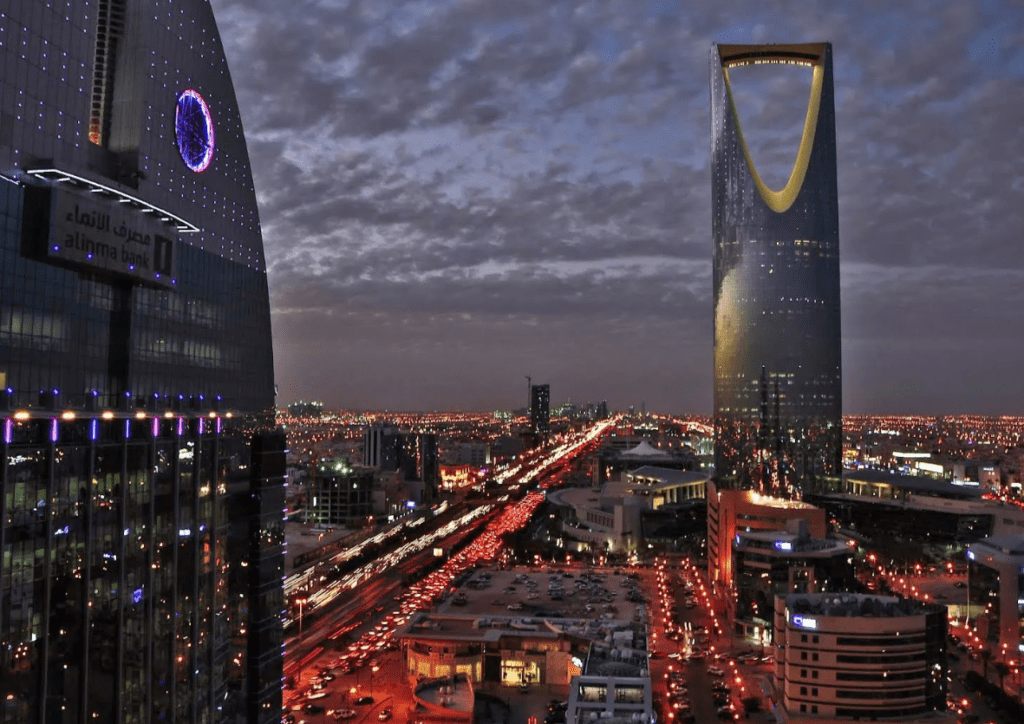



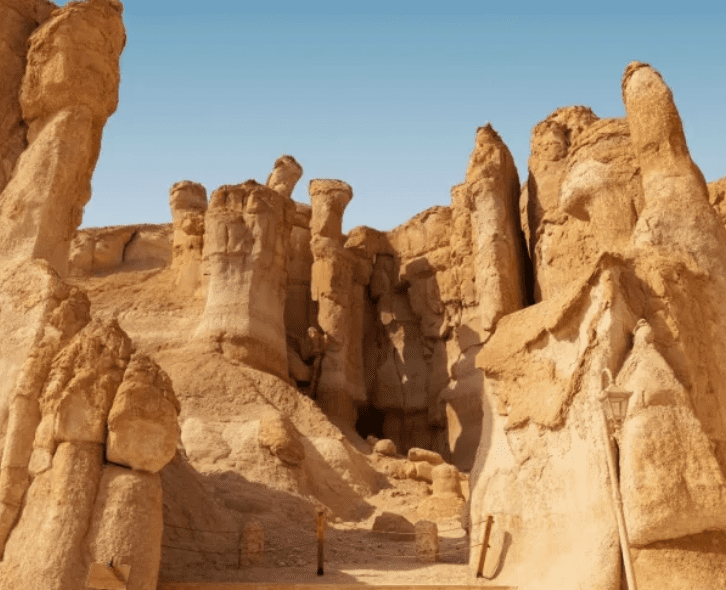

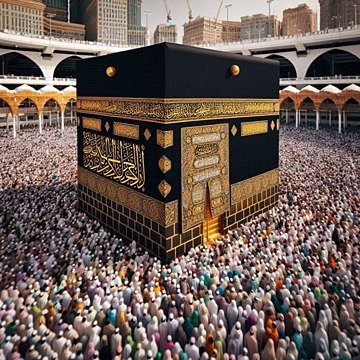

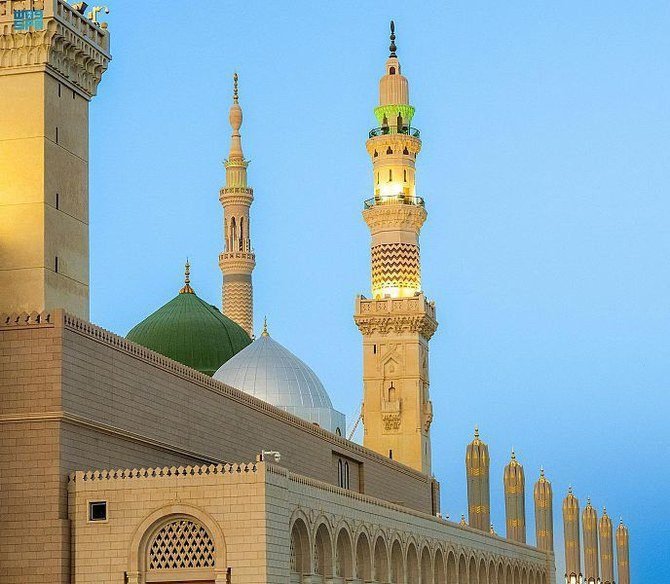





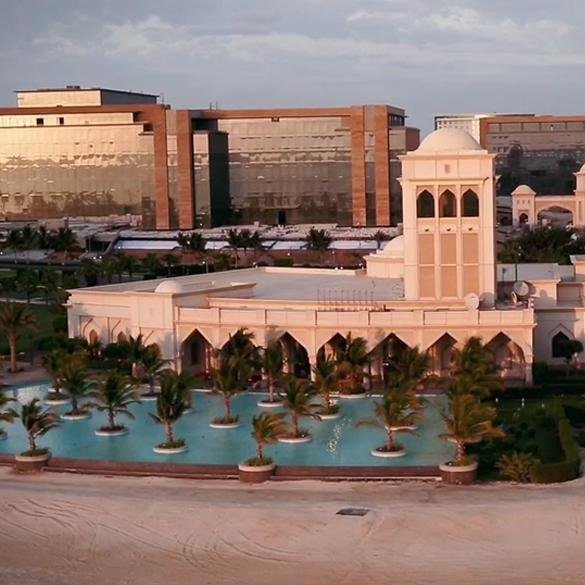

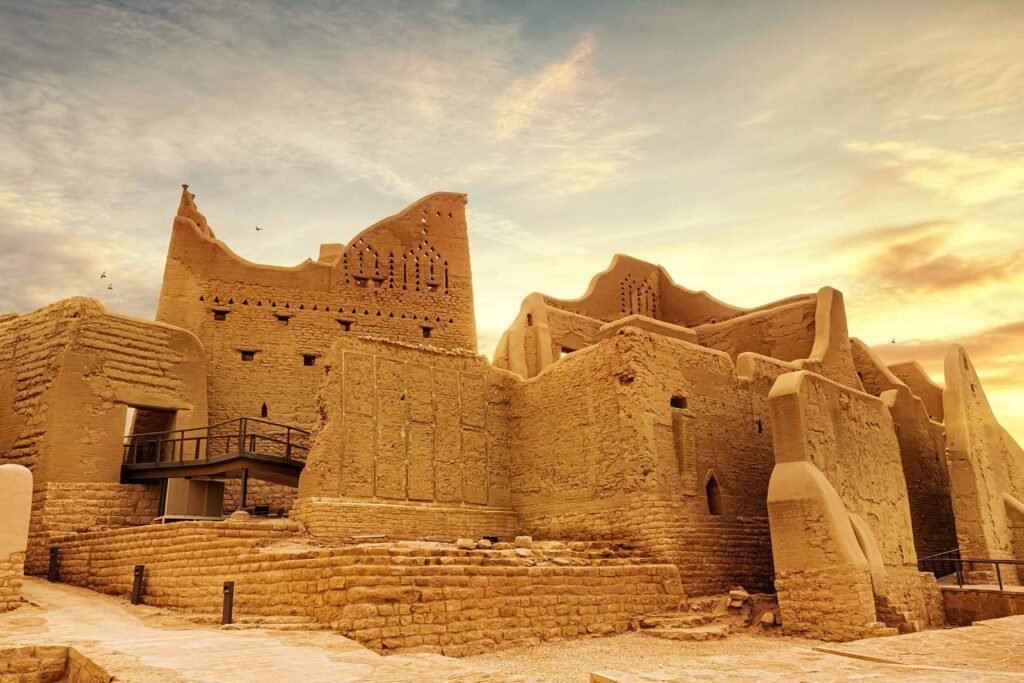



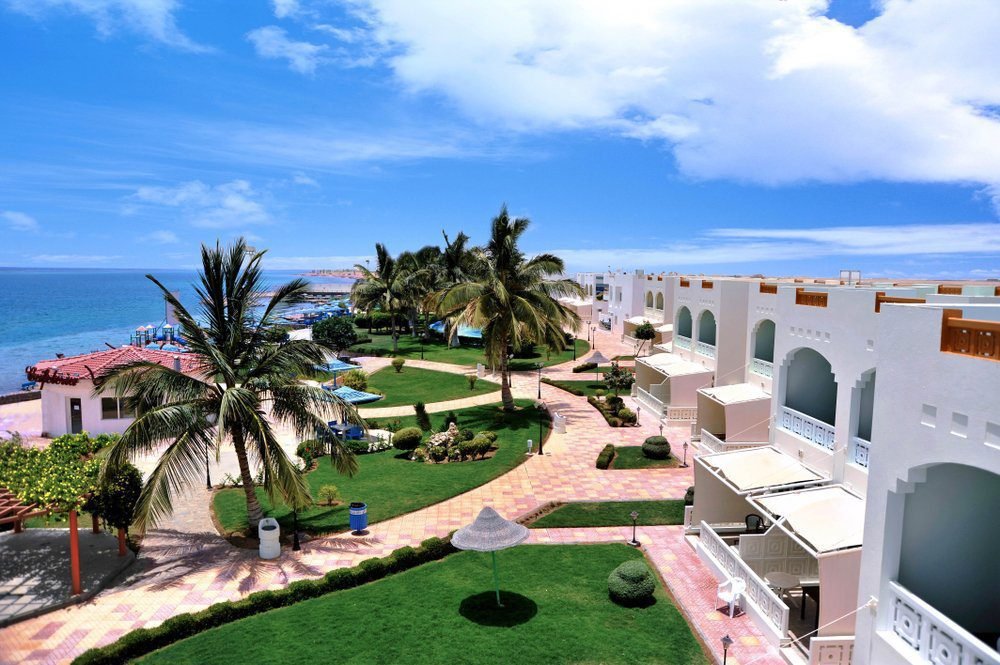

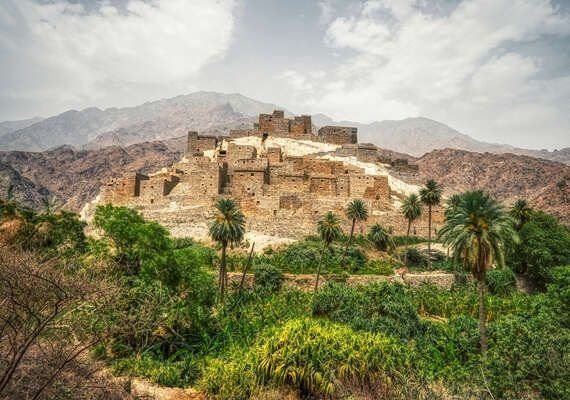





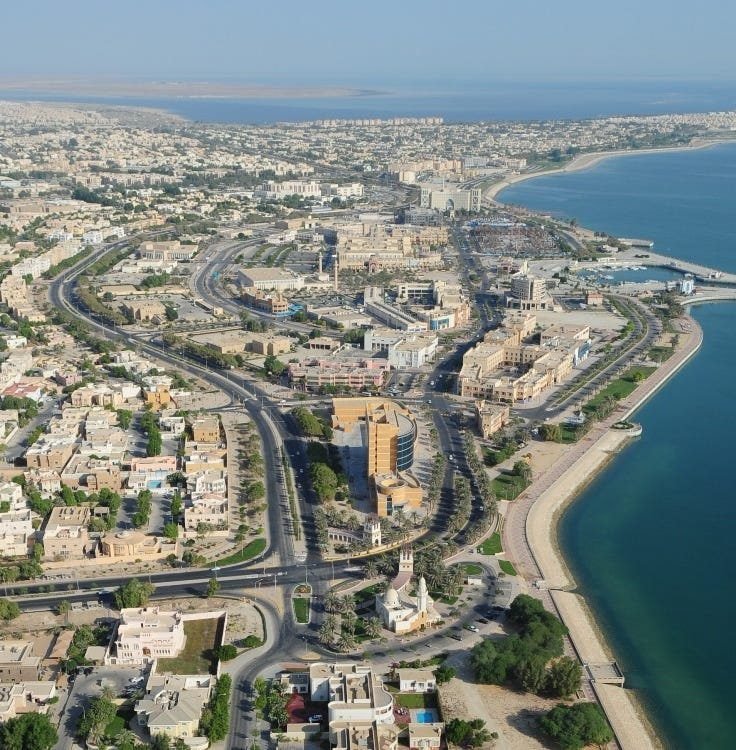

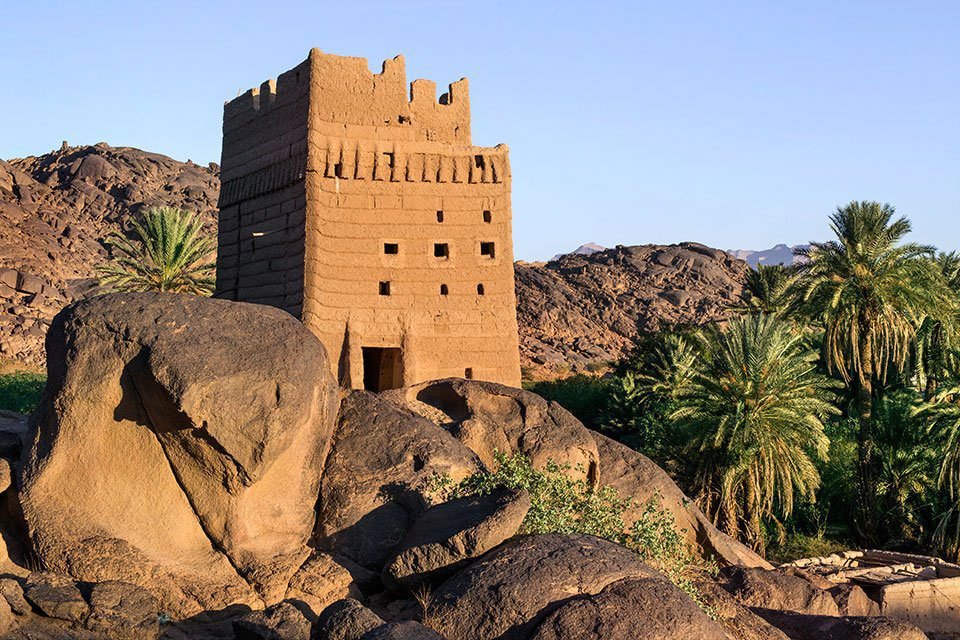

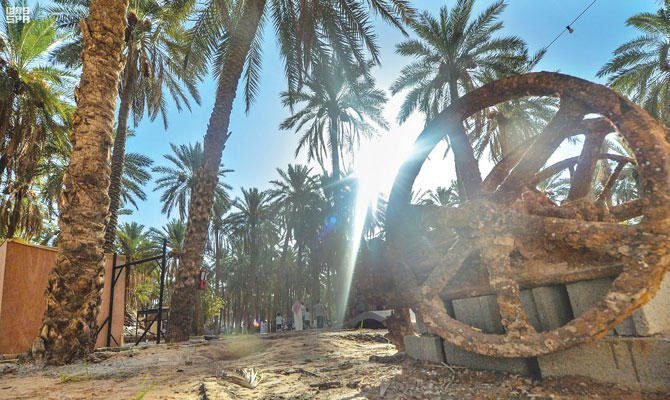

Sign up for the best travel tips and adventures!
Stay updated with exclusive insights and expert recommendations to make the most of your journey through Saudi Arabia.
